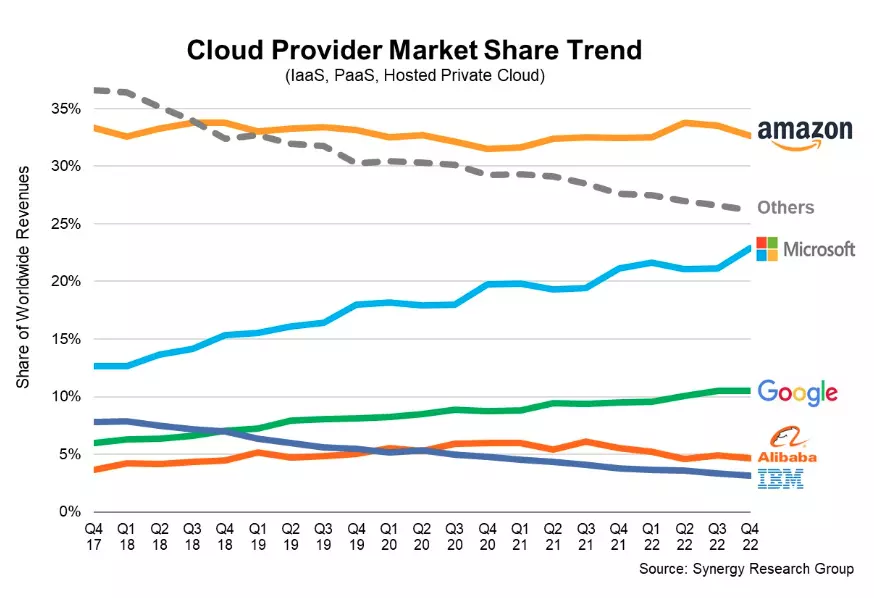LinkDaddy Cloud Services: Cutting-Edge Solutions for Your Service Needs
LinkDaddy Cloud Services: Cutting-Edge Solutions for Your Service Needs
Blog Article
Achieve Seamless Scalability With Cloud Services
In the ever-evolving landscape of cloud solutions, attaining smooth scalability stands as a cornerstone for modern companies looking for to remain adaptable and competitive. The quest for seamless scalability with cloud services unveils a world of opportunities for those ready to accept the transformative power of dynamic source monitoring.
Advantages of Cloud Scalability
Cloud scalability supplies organizations the versatility to dynamically readjust resources based on demand, making sure ideal efficiency and cost effectiveness. One vital benefit is the capability to scale resources up or down quickly in action to fluctuating workloads. This dexterity makes it possible for businesses to meet altering consumer demands without over-provisioning sources, ultimately leading to cost financial savings. Scalability additionally enhances performance by making sure that systems can take care of increased traffic or work without experiencing downtime or downturns. By efficiently alloting sources, organizations can keep high degrees of efficiency throughout peak times without unneeded expenditures throughout quieter periods. In addition, cloud scalability promotes advancement and experimentation by enabling companies to quickly examine originalities and range them as needed. This flexibility motivates a society of continuous renovation and adaptation, making it possible for companies to stay affordable in a swiftly advancing market landscape. Inevitably, the benefits of cloud scalability extend beyond price financial savings to include enhanced performance, dexterity, and advancement.
Key Features for Scaling
Reliable scaling in cloud services relies upon vital functions that enable organizations to readjust sources dynamically based upon need. One important function for scaling is elasticity, permitting resources to scale up or down in response to fluctuating workloads. This guarantees that companies can satisfy efficiency needs without over-provisioning resources. Another essential feature is scalability, making it possible for systems to manage boosted work by including sources seamlessly. This feature is important for suiting growth without compromising performance. Furthermore, automation plays an essential role in scaling by automating the provisioning and de-provisioning of resources based on predefined plans. Automation lowers human intervention, enhances effectiveness, and makes sure quick response to altering needs. Surveillance and analytics tools are likewise crucial for scaling, supplying insights into source application, efficiency metrics, and potential bottlenecks. These devices make it possible for organizations to make enlightened decisions and optimize source allocation for efficient scaling. In general, these vital functions jointly empower organizations to attain smooth scalability in cloud solutions.
Executing Auto-Scaling Techniques
To efficiently optimize source allowance and adapt to varying work, organizations should strategically implement auto-scaling approaches in their cloud solutions facilities. Auto-scaling allows systems to instantly readjust the number of calculate sources based upon real-time demand. There are different auto-scaling strategies that organizations can employ, such as predictive scaling, which uses historical data to forecast future source needs, and responsive scaling, which reacts to present workload modifications.

Finest Practices for Scalability
For organizations aiming to boost their scalability in cloud services, carrying out best techniques is essential for optimal efficiency and resource management. One trick finest practice is making applications with a microservices style. This technique breaks down applications into smaller sized, independent services that click this link can be released, upgraded, and scaled separately, allowing for better flexibility and scalability.
An additional crucial method is making use of containerization innovation, such as Docker or Kubernetes. Containers enable the product packaging of applications and their reliances into separated units, making it simpler to scale elements separately and release them constantly across various atmospheres.
Additionally, applying automated implementation and framework as code (IaC) can enhance scalability efforts (linkdaddy cloud services). Automation devices like Terraform or Ansible aid in provisioning and handling sources successfully, reducing manual mistakes and allowing rapid scalability
Additionally, keeping an eye on performance metrics, establishing notifies, and carrying out routine ability planning are crucial methods to guarantee proactive scalability administration. By adhering to these ideal practices, organizations can accomplish smooth scalability in their cloud solutions while optimizing performance and resource use.
Monitoring Efficiency Metrics
When assessing the effectiveness of cloud services scalability, closely keeping an eye on efficiency metrics is imperative for guaranteeing ideal capability and source allowance. By continually tracking vital efficiency indications (KPIs) such as feedback times, throughput, source, and latency application, companies can obtain valuable insights into the wellness and efficiency of their cloud facilities. Checking efficiency metrics allows for the early discovery of possible bottlenecks or issues that could influence scalability, making it possible for aggressive procedures to be taken to address them prior to they intensify.

Conclusion
Finally, achieving smooth scalability with cloud solutions is crucial for companies to maximize performance, enhance innovation, and keep high efficiency levels during peak times. By leveraging the advantages of cloud scalability, implementing auto-scaling approaches, making use of vital attributes such as flexibility and automation, and complying with best techniques like application layout and efficiency tracking, services can effectively scale their systems while optimizing source application and performance.
The quest for smooth scalability with cloud solutions reveals a world of possibilities for those willing to embrace the transformative power of dynamic resource monitoring.
Cloud scalability supplies companies the versatility to dynamically change resources based on need, making certain optimum efficiency and expense effectiveness. One more crucial function is scalability, enabling systems to handle boosted workload by including sources effortlessly.For companies intending to boost their scalability in cloud services, executing best methods is critical for optimum efficiency and source management.When analyzing the efficiency of cloud solutions scalability, closely keeping an eye on performance metrics is vital for making sure ideal capability and resource allowance.
Report this page